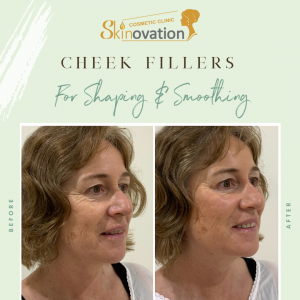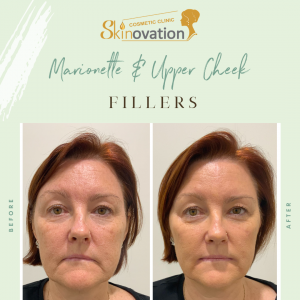5 Amazing Treatments To Naturally Boost Collagen Production
In the skin world, collagen is something that will never go out of fashion. But, what is it, really?
Well, collagen is one of the most abundant proteins found in your body to help keep your skin looking youthful and vibrant. But that’s not all. Found in your bones, tendons and ligaments, collagen is one of the primary building blocks of your skin. Just think of collagen as a scaffolding structure that works to give firmness and elasticity to the skin.
Sadly, over time, collagen begins to break down faster than our body can replenish it. In fact, from our mid-20’s, we start to lose around 1% of our collagen per year and can lose up to 30% in the first years of menopause.
Not to fear though, there are plenty of natural treatments that help to boost collagen production and also work to keep your skin looking lush. Read on to discover a treatment that works for you…
1. Platelet Rich Plasma
Platelet-Rich Plasma (PRP) treatments are an injection treatment that involves drawing a small amount of blood and centrifuging it to separate the platelets from the red blood cells. The highly-concentrated plasma contains many anti-ageing properties that work to increase both collagen and elastin production when injected into specific areas of the face.
2. Hydrolyzed Collagen Supplements

If you’re not ready to head down the cosmetic treatment road, then there are numerous collagen-rich products that you can try at home.
One option to consider is hydrolyzed collagen supplements, which means the collagen has been broken down and easier to absorb. Mostly packaged as a powder, this option not only offers an easy way to incorporate collagen into your diet but also is the option your body absorbs the best.
Hydrolyzed supplements can be incorporated into your diets through coffee, tea, smoothies or any drink of your choice… AND, the good news is that powdered collagen is tasteless, so no need to worry about a nasty aftertaste.
Studies have shown that consuming collagen can increase skin elasticity, hydration, as well as promote dermal collagen density. You won’t see instantaneous results from this option, but you will begin to notice that your skin is more plump and elastic after several weeks.
3. Micro-needling

Micro-needling is a treatment method that is used to treat a number of skin conditions. This method involves using multiple tiny needles to puncture the skin and trigger our skin’s self repair process triggering more collagen to form in the skin. Micro-needling stimulates collagen production thereby rejuvenating aging skin.
4. Collagen Serums & Oils

Collagen serums and oils are a good option to add to your skincare routine. It’s important to note that the collagen particles in these products are too large to absorb into the skin when applied topically. However, there are a few skincare ingredients that will work to stimulate collagen production topically. Serums that contain retinol (an active form of vitamin A) help to boost cell turnover, hydration, and of course, increase collagen production. The next go-to collagen boosting ingredient is vitamin C. In fact, collagen synthesis relies on vitamin C and supports the body’s natural ability to produce collagen.
If you’re looking for a recommendation, we suggest adding Cacay Oil to your skincare routine. Cacay Oil contains wonderful skin-nourishing essential acids and vitamins such as retinol, vitamin E and linoleic acid (vitamin F). As Cacay Oil is so rich in natural goodness, it helps to reduce wrinkles and pigmentations as well as boosting collagen production which helps to smooth and brighten the skin. If you want to read more about the advantages of Cacay Oil, read this blog.
The additional use of a 0.25mm home derma-roller immediately before or after application of your quality serums will assist with deeper skin absorption so your products can be up to 40 times more effective. Derma rolling should only be done on clean skin and we suggest night time use only so the skin heals fully before use of makeup and sunscreen. Click here for more info on derma rollers, or watch below for an instructional video.
5. Red Light Treatment

Red Light Treatment (RLT) is a low-level light therapy that applies a low-energy red and near-infrared light to the body. It’s a completely natural, non-invasive method that heals your skin, muscle tissues, and other body parts on a cellular level.
RLT is a popular choice for those who are looking to improve the health and appearance of the skin. Why is that? RLT boosts blood flow, which brings oxygen and nutrients to the skin cells to encourage healing and minimise inflammation. This treatment also stimulates the collagen-producing cells called fibroblasts which boosts your collagen production.
At Skinovation we are committed to helping our clients feel beautiful and achieve their skin goals. If you would like to talk more about our in-clinic collagen boosting solutions, you can book in a skin consultation with our friendly team here.






